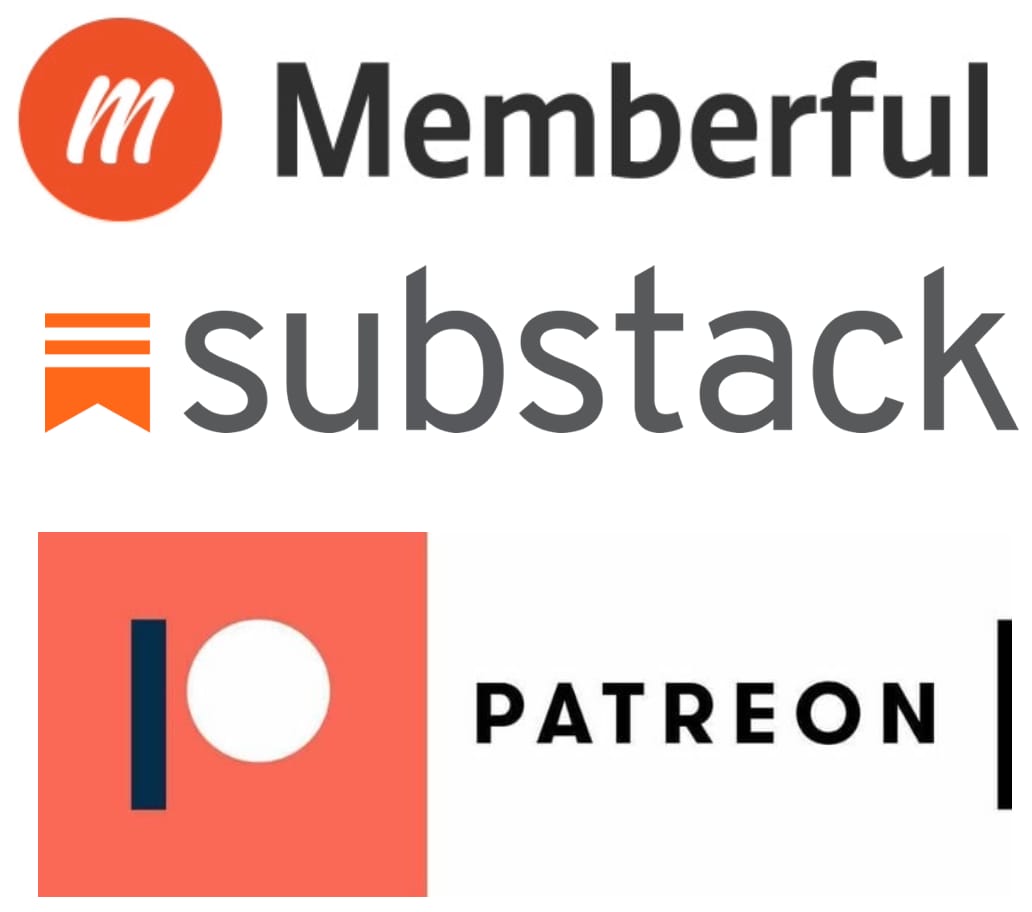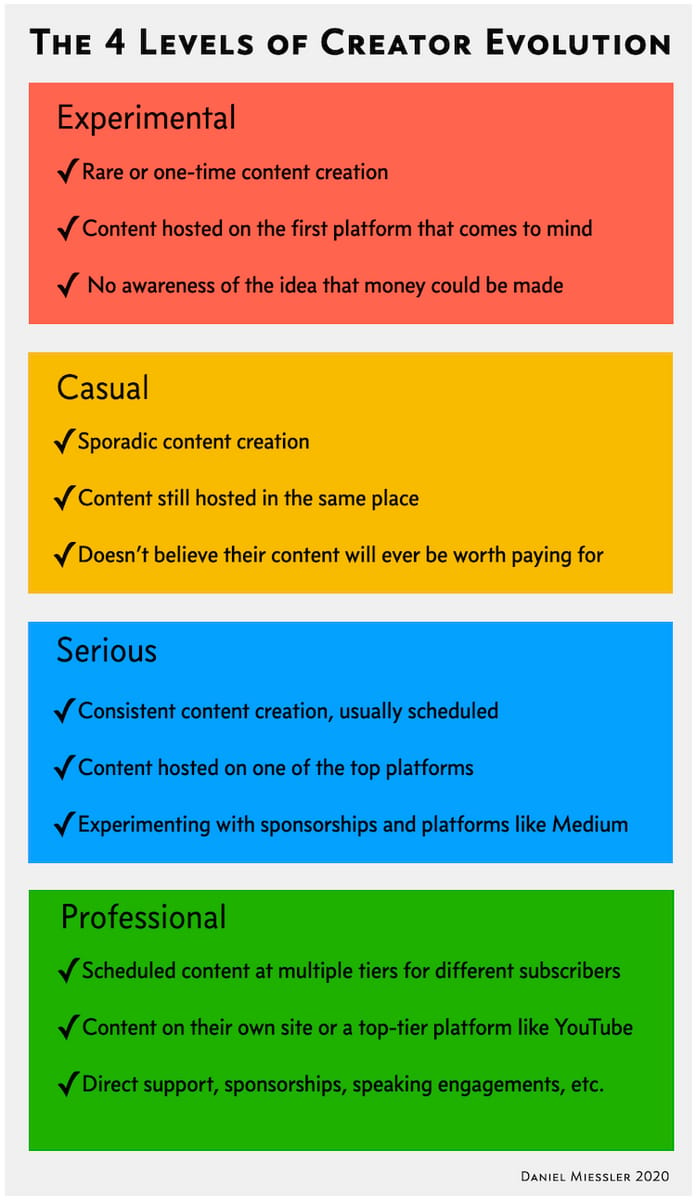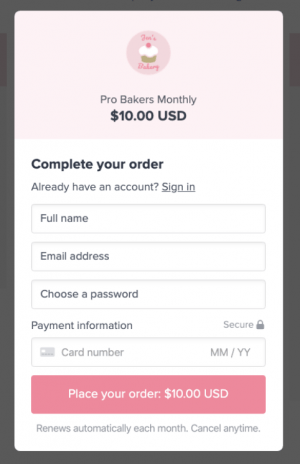Why Creators Should Move to Direct Support Monetization

I’m on a personal mission to get the creators in our InfoSec community to do two things:
Centralize all their creation around their own domain
Set up a Direct Support mechanism
This piece is about the second of those, but let’s take them one at a time.
Why do creators need their own domain?
I covered this extensively here >, but the TL;DR is that all platforms are 1) ephemeral, and 2) will always place their needs over yours over the longterm—because…Capitalism.
Respect the Highlander quote.
Content platforms like Medium represent the timeless Faustian exchange of benefits now and suffering later, and as someone who’s seen this cycle play out dozens of times since 1999, I would spare you that pain.
Sure, but why do I need to monetize at all?
This is a great question that hopefully everyone asks in the beginning. If you’re thinking about money from the start, your content and audience size might reflect that.
But even people who love what they do eventually end up stressing themselves mentally and financially. The costs start adding up: Hosting fees, software licenses, computer and recording hardware, etc. At some point you start asking yourself how long you can maintain this without getting paid for it.
The costs of being a creator accelerate with time and quality of content.
So that’s the practical side—you’re going to have costs, and it’d be nice to recuperate them. But the real reason you should start charging at some point is that it’s your art form. It’s what you do. And you put a lot of effort into it. You value other peoples’ work, so why shouldn’t they value yours?
Plus, there is the consideration that people don’t value what comes freely nearly as much as something they pay for—even if they’re not paying much.
Ok, but why do I need a direct support model?
So that’s why you should eventually charge for your creative fruit. But what’s this Direct Support model, and why is it better?
Well, before I answer that, let me describe the evolution of being a creator. The motion basically goes from Experimental –> Casual –> Serious –> Professional, as we see below.

We can talk about all these dimensions another time, but people usually get into monetization through something like Twitch Subscriptions or Medium. In other words, through a third party where your audience is interacting with your content.
That’s fine, but again—when you use a front-end platform like this, they’re the ones getting all the traffic. They’re going to Medium, not to you. They’re going to Twitch, not to you. So if they decide to change their business model, or they decide they don’t like your content, they can mess up your entire world.
Direct still has some abstraction just because you still need tech to accept money.
The way to get around this is to move to a Direct Support model. Direct Support means your audience is giving you the money as directly as possible, given the limitations of technology. Here are some examples of platforms along with their associated directness levels.
Bad
Medium >: They get the money, and you get a slice
Twitch >: They have the traffic, they get the money, and you get a slice
Decent

Substack’s Sign-up Interface
Patreon >: They have the traffic, you get the money, they take a slice
Substack >: They have the traffic, you get the money, they take a slice
Best

Memberful’s popup
Memberful >: You have the traffic, you get the money, they make service fees
Ghost >: You have the traffic, you get the money, they make service fees
With Medium and Twitch, the relationship is between the platform and them. With something like Patreon, they still go to patreon.com to see the content. And with something like Memberful you can interact with your audience on yoursite.com, and if someone subscribes the money comes to you directly.
Basically, the more invisible the platform, the better.
The way you should think about direct monetization—in my opinion—is Appreciation Infrastructure from one human to another.
We all strive to provide value to the world, and we also understand paying for things that have value.
Art continues to suffer from a Capitalism in the Middle Attack.
There’s a mechanism for selling reading, but publishers still make way too much of the money. Same with selling music. Traditional journalism—selling your writing—is the process of dying, and getting paid for blogging is like milking a pebble.
In most of these cases, the problem is abstraction—someone getting between the artist and the audience.
That’s what Direct Support does. It unclutters that pipeline. It makes it about the only two people who matter—you and someone who appreciates what you do.
So whether you’re putting out hacking videos, or live programming, or showing how to make the best sandwich—you are blasting your essence into the universe and asking, "Can anyone hear me?"
If someone subscribes, they have answered back, "Yes, please continue."
Setting up direct support
Ok, well hopefully I’ve convinced you. Assuming I have, here’s how to get started.
If you’re on YouTube you obviously can’t "move" your content.
Get your own domain.
Move as much of your content there as possible, e.g., blog posts, etc.
Sign up with Memberful or Substack. I recommend Memberful if you want a longer-term, more flexible platform for monetization. It’s agnostic to what type of creator you are: maker, makeup, woodworking, fashion, hacking, knife-making—it doesn’t care. Substack is very focused on newsletter monetization.
Create a subscription page on your site, like yoursite.com/subscribe.
Create an easy navigation path from your main project—like your newsletter or your podcast or whatever—to your subscription site.
Link to your main project in all your social media profiles, e.g., yoursite.com/podcast, or yoursite.com/newsletter.
I honestly hope to see you out there in the internet bazaar, selling your wares to anyone who finds them beautiful.
Paying for art is among the highest forms of human exchange, and I can’t wait for you to participate.
Notes
I am a subscriber to over a dozen creators in this way, spread across Patreon, Memberful, and other direct methods.
Both Memberful and Ghost use Stripe for processing.
Memberful is actually owned by Patreon.
I recommend WordPress, Ghost, and Hugo for blogging platforms, in order of how much you want to think about the platform vs. the content. I prefer WordPress because it’s the most out of your way and content-focused. And yes, I’m a security person recommending WordPress. It’s actually decently secure these days—as long as you’re careful with plugins.
I want to give my thanks to Sam Harris for so many aspects of this. It was he who woke me to the option of going direct, and I continue to learn from his implementations as this space evolves.
You will need some moderate technical skills to do a few of these steps, from the blogging platform stuff to connecting the payment platforms. You can either hack that out yourself or you’ll need to hire someone.